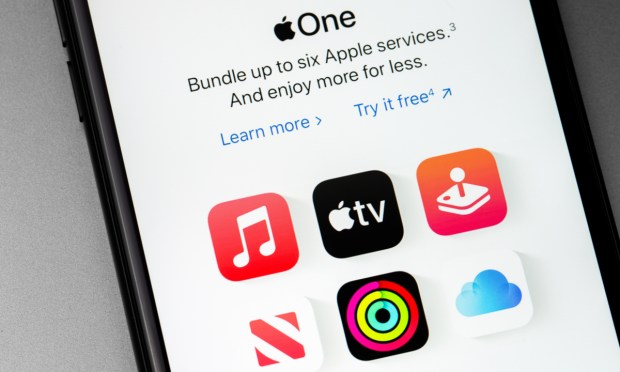Apple’s 1 Billion Subscribers Show Power of Ecosystems Driving Customer Loyalty

Retail subscription commerce has become increasingly popular, with more consumers asking for easier ways to seek out new content and services in a curated environment.
And there’s data to back it up. The average consumer spent $273 monthly on subscriptions in 2021, up from $237 in 2018 — a 15% increase, according to the “Subscription Commerce Tracker®,” a PYMNTS and Vindicia collaboration.
As a result, providers that want to keep users engaged and renewing subscriptions will have to listen and deliver. And with Apple reaching the milestone of 1 billion paid subscriptions and Amazon reporting a surge of 14% in subscription services revenues in Q2 2022, these brands seem to have mastered the art of turning subscribers into brand advocates.
In the case of Apple, its success in achieving 1 billion paid subscriptions can largely be attributed to its well-established ecosystem, with services like Apple Music, Apple TV+, Apple News+, Apple One and iCloud designed to work seamlessly within the Apple ecosystem, making it easy for users to subscribe to multiple services, thereby boosting conversion rates.
Additionally, Apple’s emphasis on personalization has played a role in retaining subscribers as more customers demand highly personalized experiences.
The company employs advanced data analytics to tailor content recommendations and offers, and the ability to offer bundled services such as the Apple One subscription has helped to enhance overall retention and reduce churn rates.
Amazon’s ecosystem stands out, too, according to Brian Bogosian, CEO of sticky.io. In a recent interview with PYMNTS, Bogosian said the retail giant has “done a great job and has been able to acquire a lot of customers,” with discount pricing, flexible delivery schedules and easy subscription management.
He also pointed to joint research between sticky.io and PYMNTS which showed that a high affinity for Amazon Subscribe and Save as a further indication of the retailer’s dominance in the space, one that subscription merchants can learn from to improve their offerings.
Loyalty Helps Crack Subscription Success Code
It is fair to say that both Apple and Amazon have amassed a loyal subscriber base, a dedicated group now driving almost all providers’ revenue.
Recent research from PYMNTS identified the top three features that mattered more to loyalists than other subscribers: guarantees or refunds, plan changes to product selection, and the ability to pause service.
Paying attention to these needs ultimately boosts customer retention, especially since loyalists now drive the lion’s share of revenue and have a high lifetime value (LTV), spending an average of $65 monthly per subscription, and maintaining subscriptions for 30 months on average, per the report.
Bogosian concurs: “Loyalty is definitely a way to keep people in a subscription. That, along with a variety of other strategies and tactics, is going to be helpful in extending customer lifetime value,” he said in previous interview with PYMNTS.
Achieving this level of loyalty and dedication is not the be all end all, however. According to the research, 37% of loyalist retail subscribers would cancel their subscriptions if services like free shipping were discontinued, while 28% would take the same decision if a merchant refused to refund a disliked product.
Furthermore, 28% of loyalists would cancel due to receiving excessive promotional materials, after their subscription was renewed without their approval, and following a bad experience with customer service.
So, while ecosystems can be critical to building a loyal customer base, successful brands cannot rest on their laurels, and will need to keep raising the loyalty bar with more granular, innovative offerings to attract and retain long-term customers.
